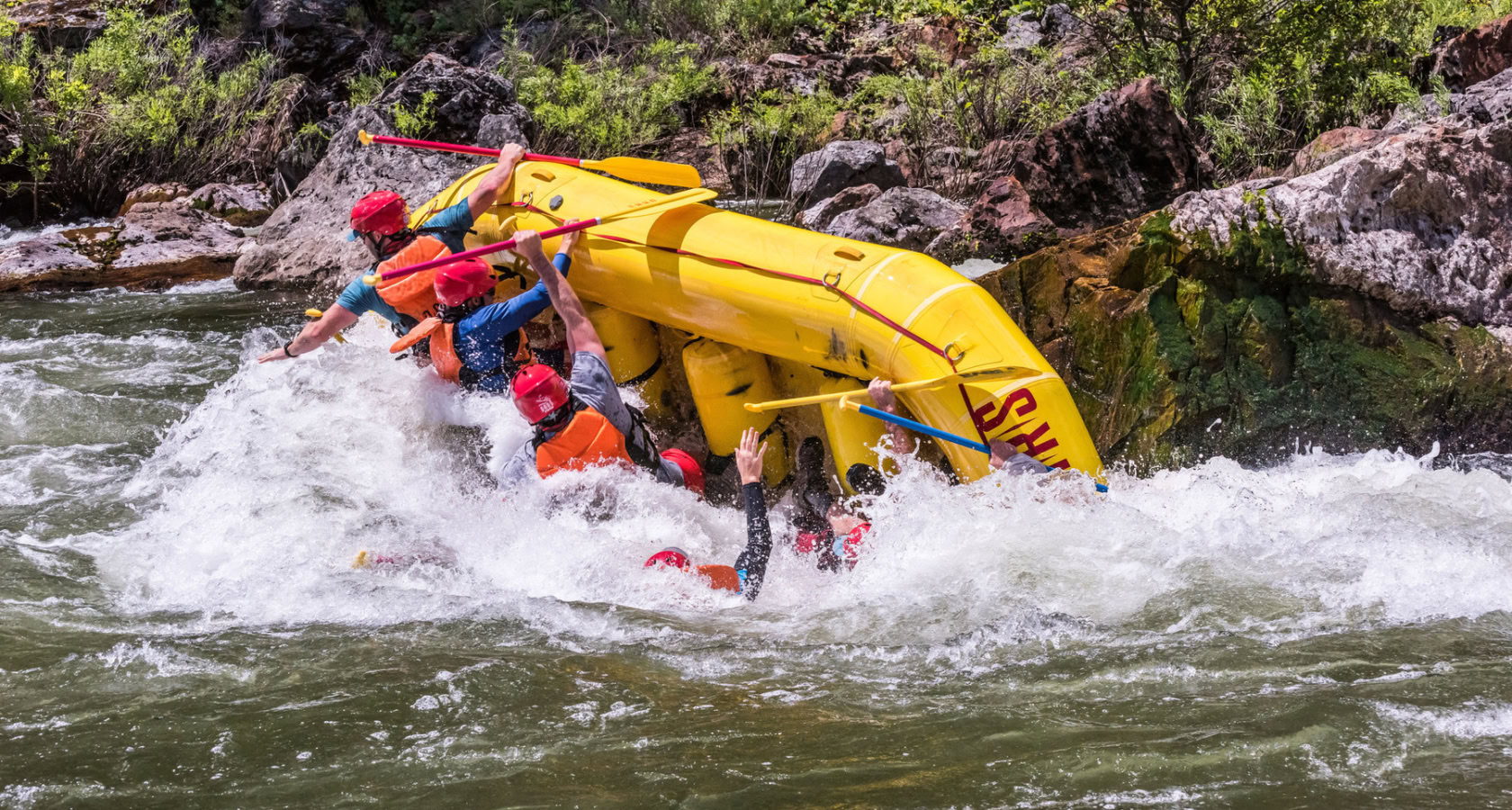Prepare for an Adrenaline-Packed White Water Rafting Colorado Exploration
Prepare for an Adrenaline-Packed White Water Rafting Colorado Exploration
Blog Article
The Ultimate Experience: Water Rafting Advice
Starting a water rafting adventure is an exhilarating experience that demands a mix of skill, preparation, and regard for nature's powerful pressures (White Water Rafting Colorado). As the rush of the river propels you onward, browsing via twists and transforms, the art of water rafting unveils itself as an examination of both physical expertise and mental skill. From selecting the appropriate equipment to comprehending the nuances of paddling methods, the trip down the river holds accomplishments and obstacles waiting to be overcome. What absolutely establishes apart an amateur from a skilled rafter lies not just in the proficiency of skills, yet in the skill with which one comes close to the unpredictable dancing with the currents.
Essential Gear for Water Rafting
To guarantee security and convenience throughout water rafting trips, it is vital to outfit oneself with the vital gear tailored to this daring task. The first and most critical piece of devices is a well-fitted individual flotation protection device (PFD) or life jacket. This is non-negotiable for all rafters, as it supplies buoyancy in situation of unintended immersion in water. Furthermore, a durable safety helmet is important to protect against head injuries, especially in rough waters or if tossed off the plethora.
In addition, proper footwear is vital for maintaining good hold and securing the feet from sharp rocks or unsafe surface areas. Neoprene booties or water footwear are suggested for this purpose. It is also recommended to wear quick-drying clothes, such as a wetsuit or rash guard, to regulate body temperature level and protect against hypothermia in cool water problems.
Finally, a trusted paddle is essential for maneuvering through the water properly. It must be light-weight yet long lasting to endure the rigors of rafting. By purchasing these important pieces of equipment, rafters can enjoy their experience on the water with self-confidence and comfort.
Selecting the Right Rafting Route
When intending a water rafting journey, choosing the suitable rafting course is important for a risk-free and enjoyable experience. Elements such as the degree of problem, water problems, and the length of the course must all be taken into consideration before beginning on your journey.
Firstly, examine your team's skill degree and experience. Different rafting paths are classified based upon difficulty levels varying from Course I (simple) to Course VI (dangerous and very hard) It is important to select a path that straightens with the abilities of all participants to ensure everybody's safety and security and satisfaction.
Additionally, think about the water conditions of the path. Some courses might have calm waters appropriate for novices, while others may have solid currents and difficult rapids that need advanced abilities. Looking into the water degrees and possible threats of the route in advance can assist you make a notified choice.
Finally, think about the size of the rafting course. Longer courses may need more time and stamina, so pick a course that fits within your team's duration and physical abilities. By carefully choosing the best rafting path, you can set on your own up for a remarkable and thrilling journey on the water.
Security Precautions on the Water
Taking into consideration the importance of selecting the ideal rafting path for a pleasurable and secure experience, it is important to prioritize security precautions on the water to mitigate possible threats and ensure an effective journey. Prior to beginning on a water rafting journey, ensure all participants wear correctly fitting individual flotation gadgets (PFDs) and safety helmets to secure versus crashes. By sticking to these safety precautions, you can improve the overall experience and minimize prospective risks while water rafting.
Grasping Paddling Strategies
Creating effectiveness in paddling strategies is necessary for browsing via varying water conditions and ensuring a successful water rafting experience. White Water Rafting Colorado. Proper paddling not just aids in steering the boating successfully but also adds to the overall control and team effort required for a secure and delightful journey
This stroke entails dipping the paddle blade completely into the water and pulling it back along with the plethora, supplying propulsion and steering. By grasping the forward and in reverse strokes, rafters can efficiently control the rate and instructions of the plethora.

Tips for Handling Rapids Like a Pro
To excel in browsing challenging river conditions, experienced water rafters use their grasped paddling strategies with precision and finesse when taking care of rapids like seasoned experts. When encountering rapids, it is critical to keep a solid and coordinated paddling rhythm. This rhythm assists the raft preserve its training course and security among the rough waters. In addition, it is necessary to expect the movements of the boating and adjust promptly to changing conditions. Experienced rafters use their knowledge of river characteristics to proactively change their paddling technique, making sure reliable steering with rapids.

Final Thought
In conclusion, water rafting requires essential equipment, cautious route option, security precautions, mastering paddling strategies, and dealing with rapids with proficiency. By following these pointers and methods, adventurers can make certain a satisfying and effective rafting experience on the water.

Taking into consideration the value of choosing the ideal rafting route for a pleasurable and secure experience, it is vital to prioritize security precautions on the water to reduce possible dangers and make certain a successful experience. Ultimately, sharpening paddling techniques is crucial to a successful and exhilarating water rafting experience.
In verdict, water rafting requires crucial gear, cautious course choice, security preventative measures, mastering paddling methods, and managing rapids with experience.
Report this page